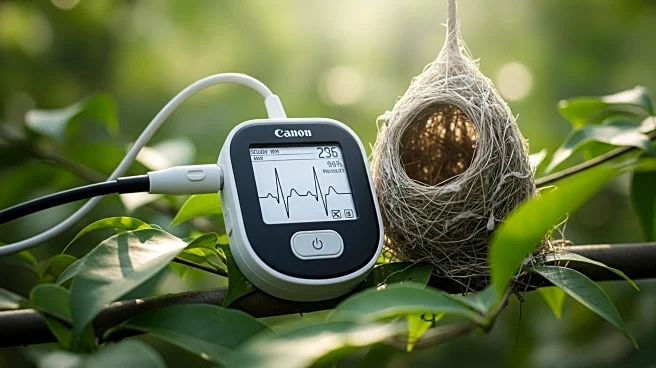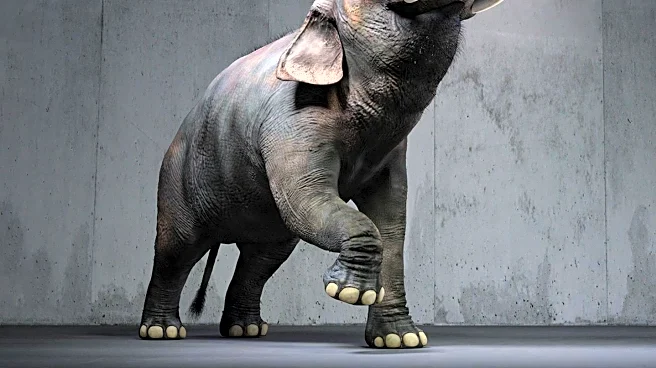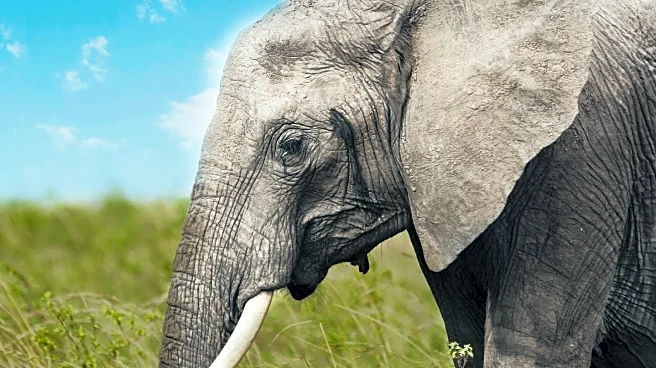What is the story about?
What's Happening?
Smithsonian biologists are employing heart-monitoring devices originally designed for humans to gain insights into animal stress levels and their impact on survival. These devices are being used to measure how stress affects animals' ability to thrive in their natural habitats. The research aims to understand the physiological responses of animals under stress, which can provide valuable information for conservation efforts. By adapting technology used in human healthcare, biologists can gather data on heart rates and stress indicators in various animal species, offering a new perspective on animal welfare and conservation strategies.
Why It's Important?
The use of human heart-monitoring technology in animal research represents a significant advancement in understanding animal physiology and stress responses. This approach can lead to improved conservation strategies by identifying stress factors that hinder animal survival. The data collected can inform policies and practices aimed at reducing stress in wildlife, potentially enhancing their ability to adapt and thrive. This research is crucial for conservationists and policymakers as it provides a scientific basis for interventions that can mitigate stress-related impacts on animal populations, thereby supporting biodiversity and ecosystem health.
What's Next?
Future research may expand the use of heart-monitoring devices to a broader range of species, providing more comprehensive data on stress responses across different environments. This could lead to the development of targeted conservation strategies that address specific stressors in various habitats. Additionally, collaboration between biologists and technology developers may result in the creation of more specialized devices tailored to animal physiology, enhancing the accuracy and applicability of the data collected. Stakeholders in conservation and wildlife management are likely to monitor these developments closely, as they hold potential for significant improvements in animal welfare and ecosystem management.
Beyond the Headlines
The integration of human healthcare technology into animal research raises ethical considerations regarding the treatment and monitoring of wildlife. It prompts discussions on the balance between technological intervention and natural processes in conservation efforts. Furthermore, this approach highlights the interconnectedness of human and animal health, suggesting that advancements in one field can benefit the other. As technology continues to evolve, the ethical implications of its use in wildlife research will remain a topic of debate among scientists, ethicists, and conservationists.
AI Generated Content
Do you find this article useful?













